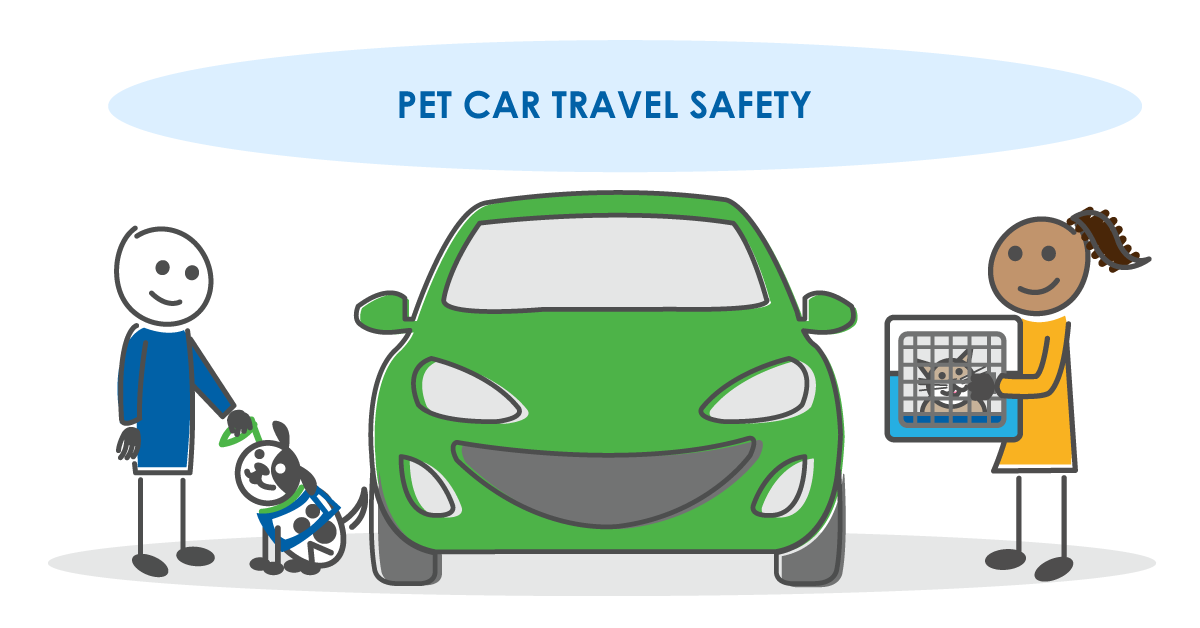
According to rule 57 of the highway code, you must make sure animals are restrained when driving your vehicle in order to prevent them distracting you, and from injuring you or themselves if you have to quickly stop. Ways to restrain your pets include a pet carrier, cage, guard or seat belt harness.
Having an accident while your pet was unrestrained could be classed as dangerous driving, car insurance policies may also require that you have your pet restrained while driving.
Go Car Credit has put together a step by step guide below on how to travel safely in a car, for you and your pet.
Before you drive your car
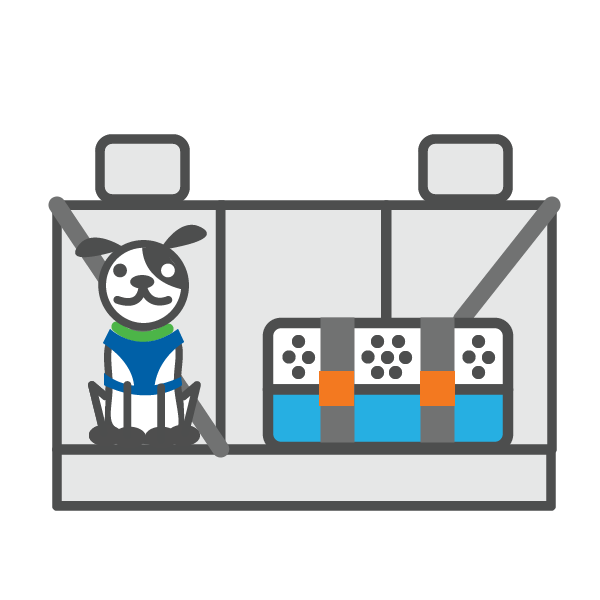
STEP 1: Restrain your pets during travel
Make sure you have a suitable harness, carrier, crate or boot gate for your pet. If you are using a carrier make sure it is secured to the car seat using straps.

STEP 2: Relax your pet during journey
Having a familiar toy or blanket ready for your pet to travel with, could help to relax them during the car journey.

STEP 3: Get water ready for pets
Make sure you have a drinking bowl and lots of water for your pet to drink on your car journey, or to cool them down if they get too hot.
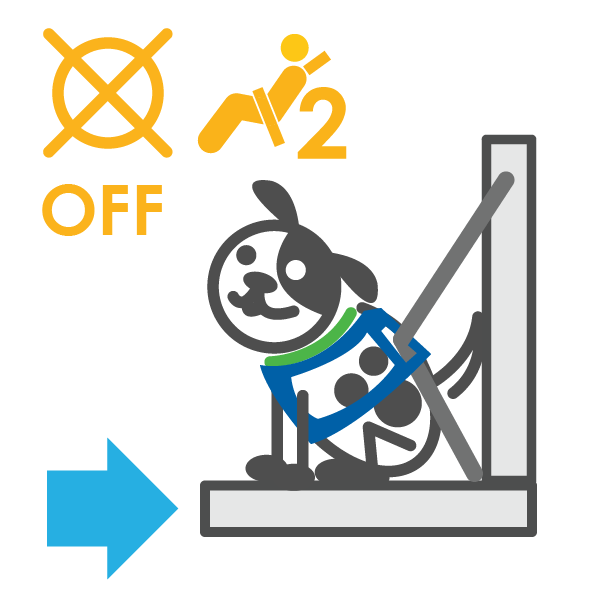
STEP 4: Keep Pet safe in front car seat
If you have a two seater car you may have the only option to travel with your pet secured in the front seat, make sure you move their seat back as far as possible and switch off the passenger air bag.
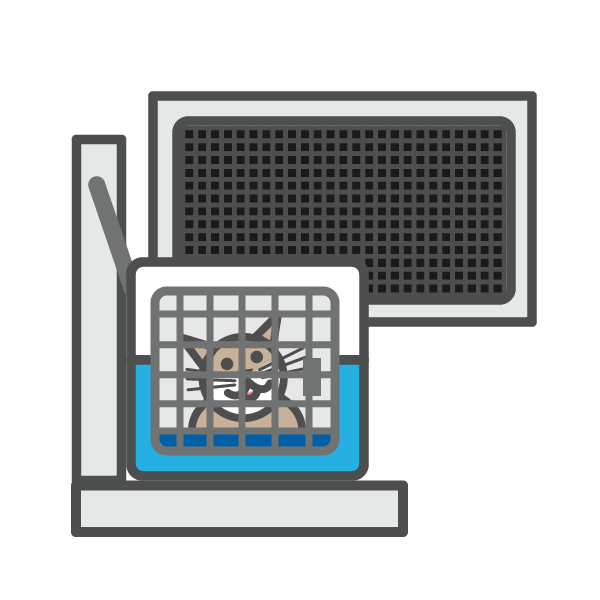
STEP 5: Shading your pet from the sun
If the weather or the car is hot, use a sunshade on the window near you pet to keep them cooler.
While you are driving your car
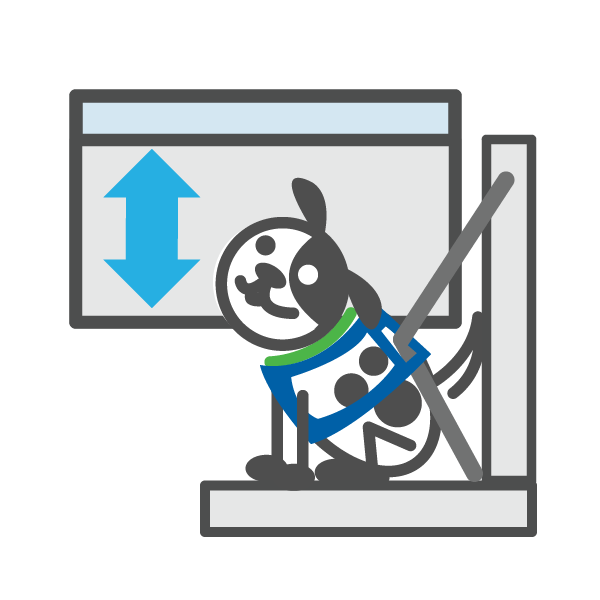
STEP 6: Opening windows safely
A window may be opened slightly but not enough for your pet to jump out of the car, or that allows them to stick their head outside.
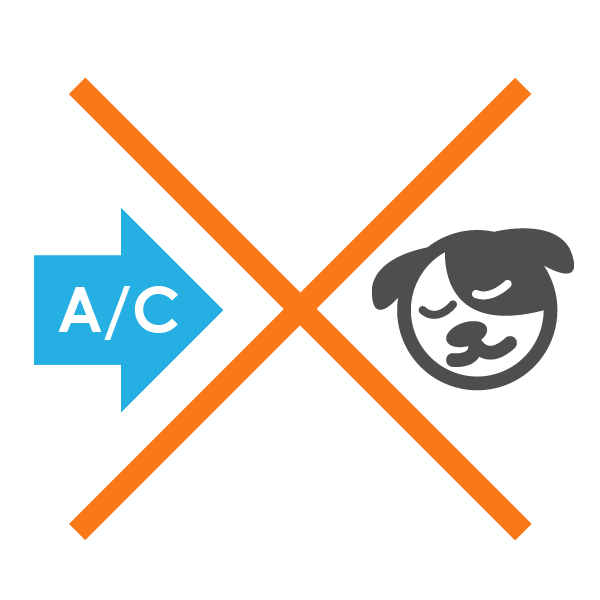
STEP 7: Keeping pets cool
If you have air conditioning on, make sure it is not blowing directly into your pets face.
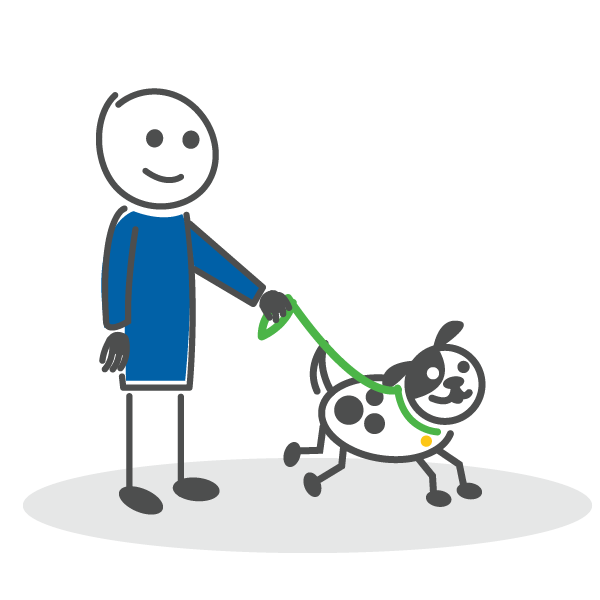
STEP 8: Comfort breaks
If you are on a long car journey make regular comfort stops for your pet to have water, go to the toilet or stretch their legs.
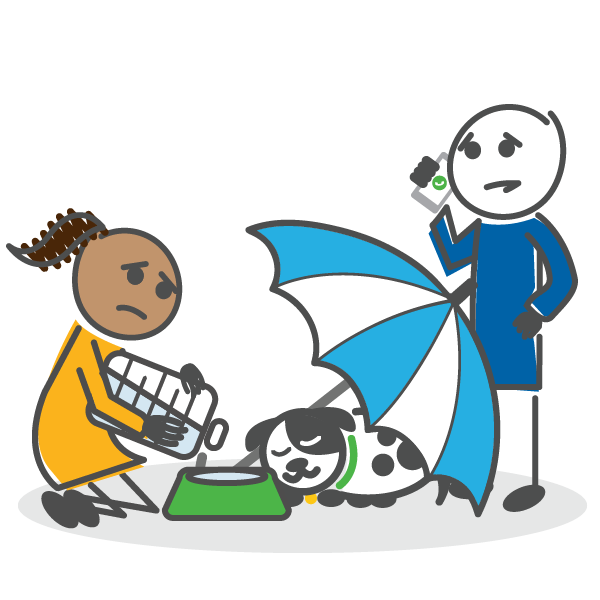
STEP 9: Heatstroke in pets
Check your pet regularly to look out for signs of heatstroke such as panting heavily, excessive drooling, confusion, drowsiness, glazed eyes or vomiting. If this happens, safely stop the car and move your pet to a cool shaded area, gently poor room temperature water onto them, and allow them to drink some. Phone your vet for further advice.
While you are parked or have left the car
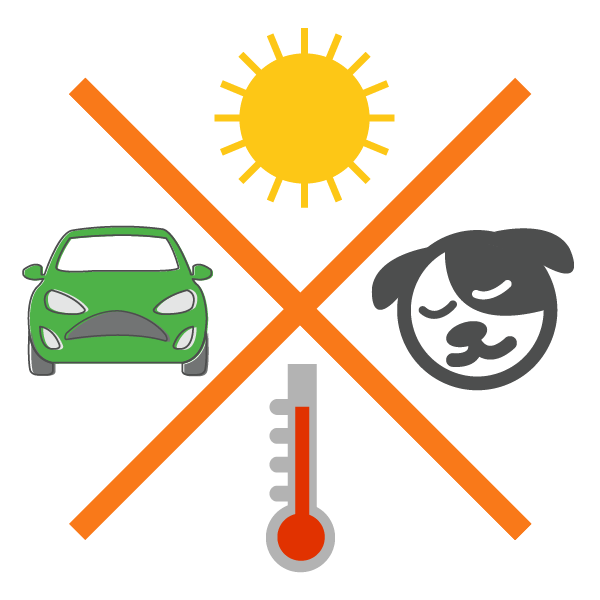
STEP 10: If you leave the car
Never leave your pet in a hot car, it doesn’t take long for them to overheat and it could become a fatal situation very quickly.
After your car journey
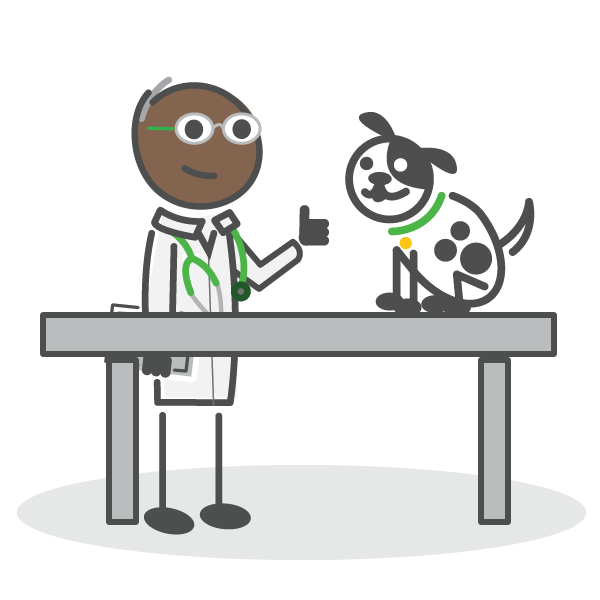
STEP 11: Travel sickness medication
If you discover your pet gets motion sickness, a vet may be able to prescribe medication for next time.
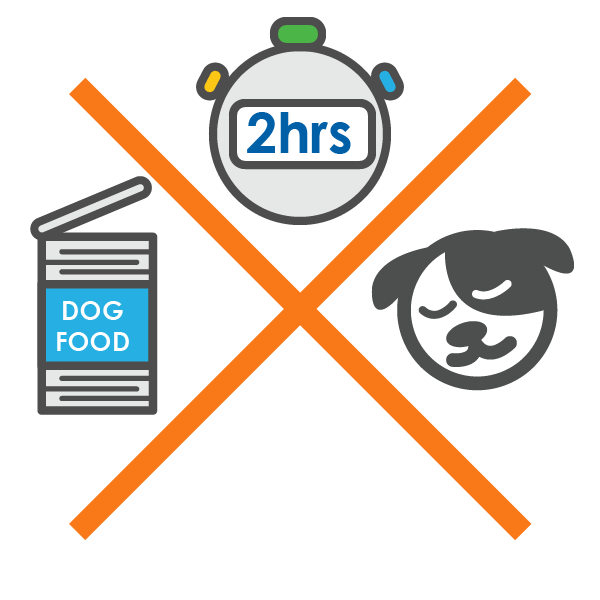
STEP 12: Avoid motion sickness
Not feeding your pet for 2 hours before your next journey may help with travel sickness.
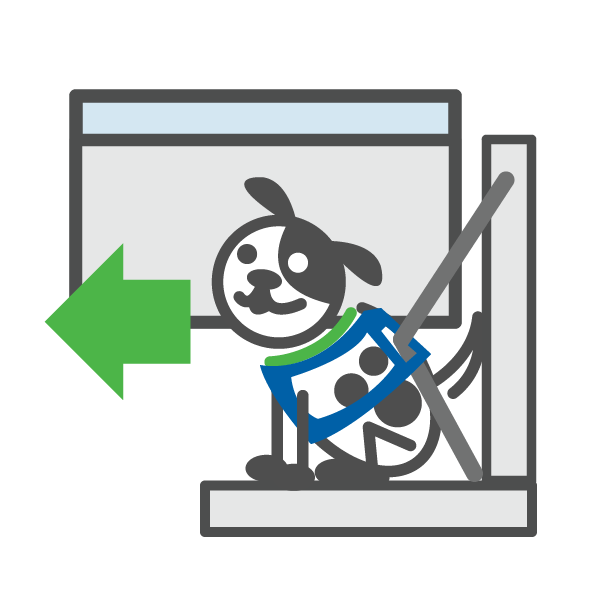
STEP 13: Pets travel direction
Making sure your pet can see out of the window and is facing forward in the car could help prevent motion sickness.



